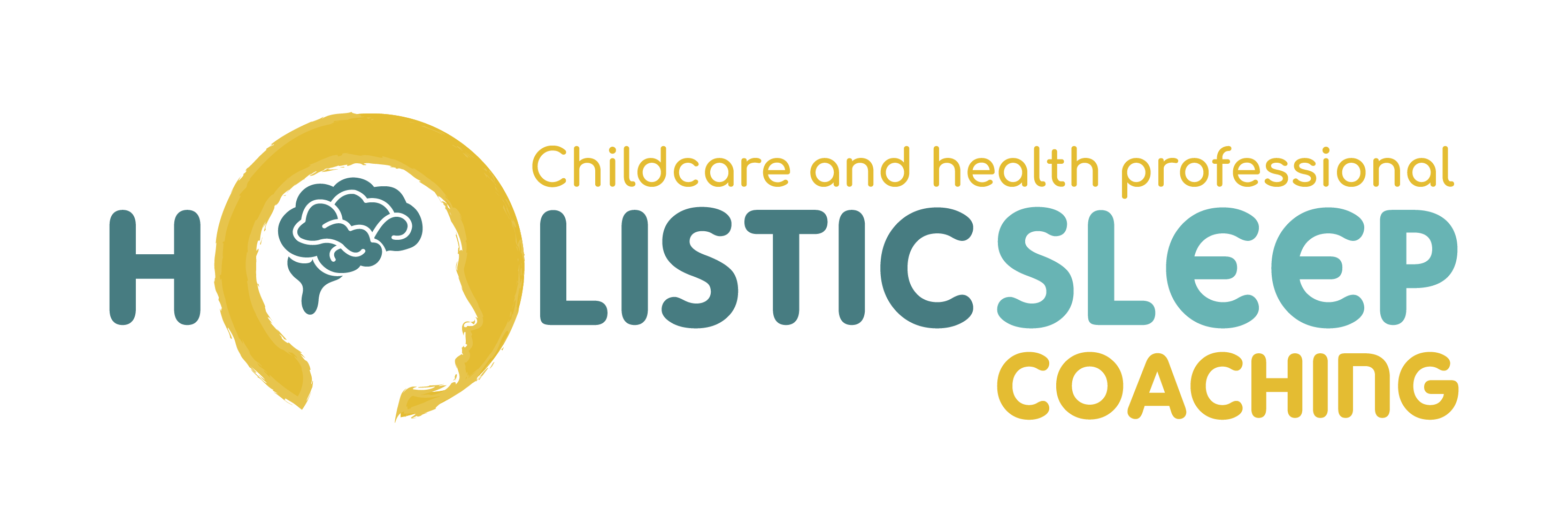Supporting a sleep client with multiple and often complex sleep issues can feel like untangling a giant knot in the dark. There’s bedtime resistance and frequent night waking. Nap chaos and early rising. It’s easy to feel overwhelmed especially as a new or transitioning sleep coach.
But here’s the good news: with the right framework, you don’t need to panic. You can feel prepared, calm, and even excited to tackle the challenge.
In this post, we’ll share a step-by-step thinking model to help you confidently assess complex sleep cases, plus some of the most common red flags, quick wins, and essential mindset shifts for success.
🎥 Prefer to watch instead? I walk you through it step-by-step in the video below.
Table of Contents
- Why a Structured Framework Helps
- Step 1: Start With Sleep Totals
- Step 2: Screen for Red Flags
- Step 3: Clarify Parent Goals
- Step 4: Identify Quick Wins
- Pulling It All Together
- Ready to Build a Practice That Supports Families and Feels Aligned?
Why a Structured Framework Helps
You don’t need to reinvent the wheel with every new client. Just like healthcare professionals follow assessment frameworks, sleep coaches benefit from having a predictable system to guide consultations.
Here’s why a framework is so powerful:
- It builds efficiency – you won’t waste time wondering where to begin.
- It keeps you safe – you’re less likely to miss red flags or key details.
- It sharpens your instincts – you’ll start spotting patterns faster.
The goal? Replace the overwhelm with a sense of focus and flow.
Step 1: Start With Sleep Totals
Before jumping to red flags, begin with a simple question: How much sleep is this child actually getting?
Parents often overestimate how much sleep children need, and underestimate how much they’re already getting. Start here to recalibrate expectations and explore if the issue might be a simple case of:
- Excessive daytime sleep interfering with bedtime
- Late naps pushing bedtime too late
- Unrealistic night expectations (e.g. expecting a 4-month-old to sleep 12 hours straight)
Addressing sleep totals and distribution is often the quickest win you can offer and can build family trust fast.
Want to get better at quickly assessing patterns from a sleep diary?
Step 2: Screen for Red Flags
Not every child needs referral but part of being a responsible sleep coach is knowing when they do.
Be alert to signs of:
- Feeding or weight issues: faltering growth, pain, feeding aversions, bottle refusal
- Breathing concerns: mouth breathing, habitual snoring (outside of illness), gasping, pauses
- Neurological signs: night sweats, restless movements, unusual twitching, excessive sleepiness
If a parent hints at something that doesn’t quite sit right, ask more questions. Sleep coaches don’t diagnose, but we can signpost appropriately and protect children’s overall wellbeing.
Step 3: Clarify Parent Goals
Once red flags are ruled out (or referred), your next job is to understand the family’s true goal.
Ask yourself:
- Is the goal clear and specific? (e.g. “no more rocking” is clearer than “more sleep”)
- How urgent does it feel to the parent? Are they in survival mode, or open to a slow-burn approach?
- Is the goal realistic for the child’s age, temperament, and feeding needs?
Misaligned expectations are one of the top reasons support plans fail. Helping families set achievable goals will not only improve their outcomes, it will protect your confidence, too.
Step 4: Identify Quick Wins
Now that you’ve assessed the big picture, it’s time to start identifying easy improvements. These aren’t shortcuts. They’re low-effort, high-impact changes that can build momentum and trust.
Some common quick wins include:
- Adjusting nap timing or bedtime
- Revisiting feeding techniques or schedules
- Exploring a more comfortable sleep space
- Encouraging co-parenting or resetting expectations
- Addressing screen time or inconsistent routines
Sometimes the quickest win is simply helping a family feel seen, supported, and not judged, that connection can change everything.
Pulling It All Together
With this 4-step framework, even the most tangled sleep cases become manageable:
✅ Sleep Totals: Are they realistic and well-distributed?
✅ Red Flags: Is there anything that needs referral or deeper medical review?
✅ Parent Goals: Are they clear, urgent, and achievable?
✅ Quick Wins: What’s the lowest-effort step to help right now?
Use this to guide your consults and shift from scattergun sessions to structured, smart support.
Want more tools like this in your practice? Here’s a helpful post on navigating crying through a holistic lens that many of our students refer to often.
Ready to Build a Practice That Supports Families and Feels Aligned?
If this post has resonated, and you want to offer this kind of deep, compassionate, and evidence-based support to families, we’d love to chat.
👉 Book a free strategy session for our Holistic Sleep Coaching Program
Let’s explore where you are now, where you want to go and how to build a business that helps you get there.
How do I handle families who want fast results?
Acknowledge the urgency, then prioritise quick wins while setting realistic expectations for sustainable change.
Should I work with a family if there’s a possible red flag?
You can support sleep alongside referral. Just ensure parents are informed, and your role stays within scope.
What if the sleep diary is confusing or inconsistent?
Use your framework to clarify the missing pieces during your consult. Ask about patterns, rather than perfection.
Is it okay if I don’t have all the answers yet?
Absolutely. Even experienced coaches rely on peer support, research, and continued learning. You don’t have to know it all. Just be committed to doing your best by each family.

